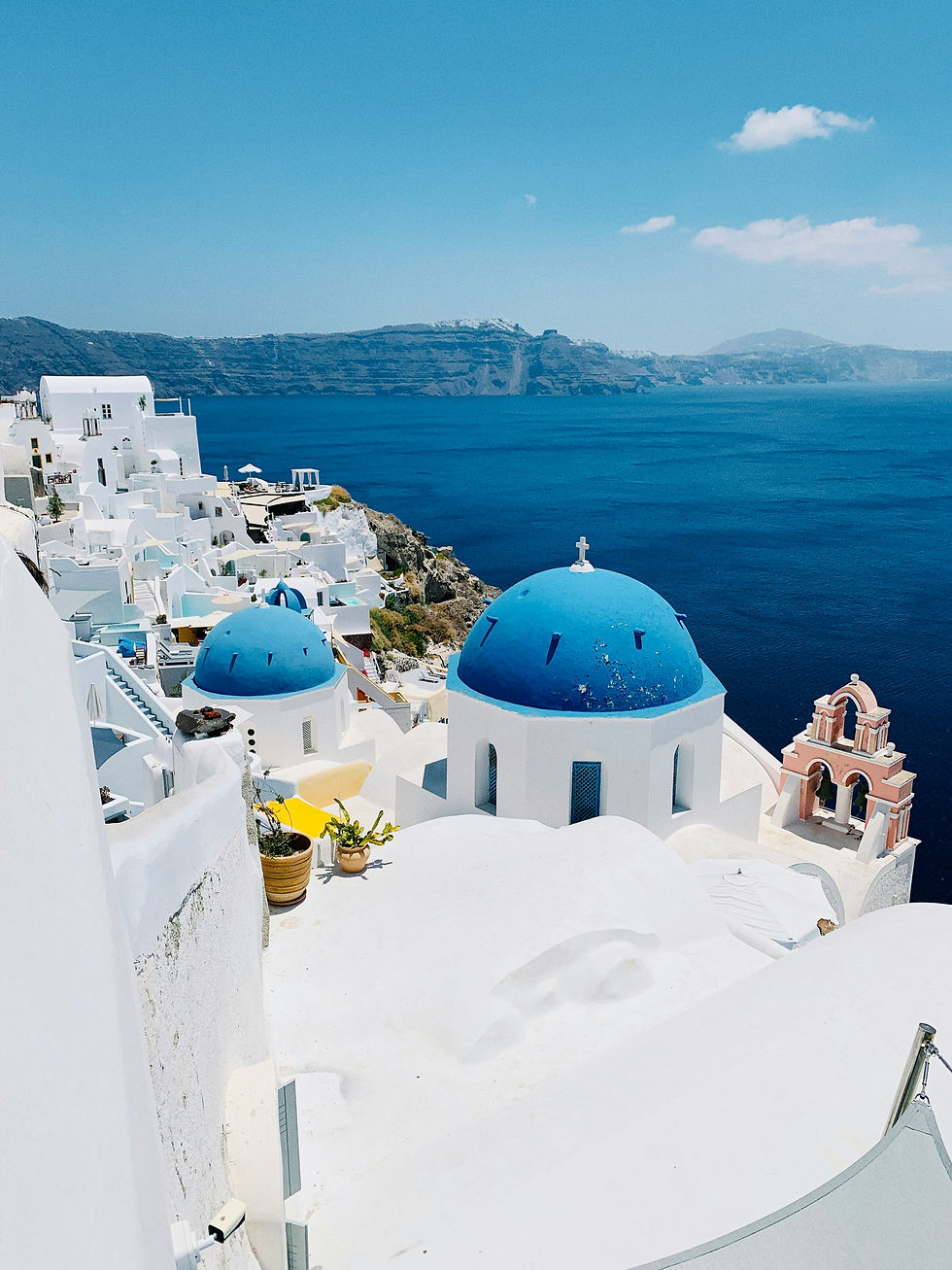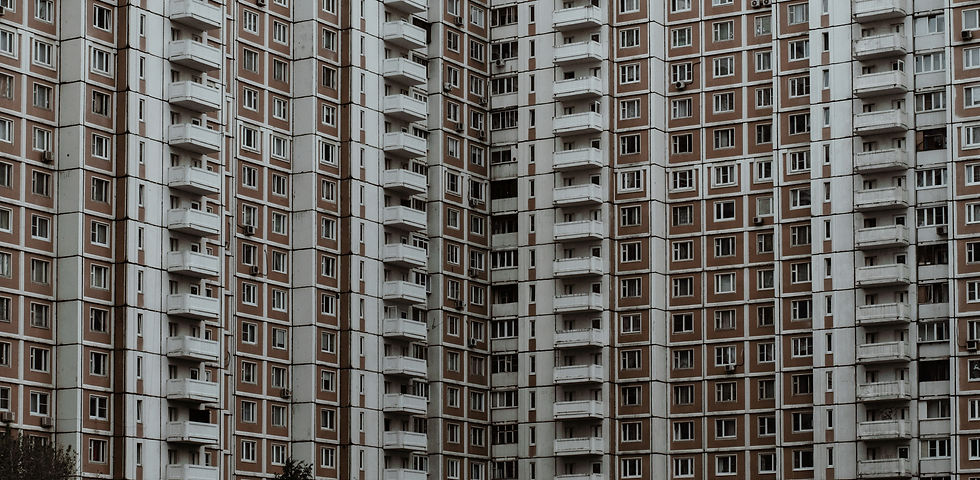What comes to mind first when I say “Italy”? Perhaps sweet gelato or a slice of authentic pizza or focaccia. And when I mention Norway or Iceland, do you think of geysers and fjords stretching for miles? If you think of Poland, you might crave pierogies. But cultures are much deeper than just these iconic images. They are embedded in people’s daily routines and reflected in their homes. What if I tell you that cultures are so much deeper, they are hidden in people’s routines, where they live their lives - their houses! Different countries vary not only by languages and holidays but also by the traditional house design. In this article, we will share some interesting facts about what different houses look like in different countries.
Nordic Cultures
Have you ever noticed colorful houses in such countries as Norway, Sweden, and especially Iceland? Bright colors occur out of nowhere in the middle of the fog or heavy snow. However, the colors are not someone's whim, they have a few important functions to serve!
Firstly, Iceland has a foggy oceanic climate, constant weather changes, and storms. Such countries as Norway and Sweden are considered Nordic countries. The winters in this region are severe, however, even in summer people cannot avoid mild weather. In conditions of frequent fog and long winters, bright colors helped people better orient themselves in their surroundings. It was much easier to distinguish a red-painted house in a snowstorm.
Secondly, red color paint was the most accessible. Especially in such countries as Norway, Denmark, and Sweden, red paint was an affordable and cheap material. The red paint (or Falu Rödfärg) was made from iron oxide, which was mined in the mines of Falun (Sweden).
Thirdly, bright painting increases the happiness hormones—endorphins! It's well-known that colors evoke various emotional responses in people. Warm colors like yellow and orange can evoke energy and joy, while cool colors such as blue and green can induce calmness and tranquility. Researchers from the University of Lille used virtual reality to explore how different urban environments impact emotional states. They found that being in a vibrant, green landscape led to slower walking and faster heartbeats, indicating increased pleasure and positive arousal. This study highlights the potential of urban planning to enhance overall happiness through colorful elements, echoing discoveries made by Nordic cultures centuries ago!


Mediterranean Region
Have you ever heard about Santorini? It is a white coastal city in Greece, that surpasses the traditions of house painting in the Mediterranean Region. South European countries, including Greece, Italy, Kingdom of Monaco, face dry and warm climates in spring and extremely hot and humid weather in summer, which warms and heats the ground and people’s houses making them impossible to live in. Many houses on islands such as Mykonos, Paros, and Naxos were originally built of stone. This was a practical solution, as it was not easy to find wood on the rocky islands of the Aegean Sea.
But the rocky terrain has a darker color. This presented a problem in the sunny Greek summer. The sunlight falling on the houses was absorbed by the dark stones, which made it unbearably hot inside. Therefore, residents began to paint the stones white to cool their interiors. The process worked, as a result of which the houses on the island became cooler and more comfortable.
Fun Fact: did you know that the white color of the wall helped Greeks tackle cholera disease in the 20th century? In 1938, a national order ordered the houses on the island to be painted in blue and white colors. At that time, Greece was suffering from a cholera outbreak during the dictatorship of Ioannis Metaxas. In an effort to curb the disease, he ordered the townspeople to whitewash their houses. It may seem strange today, but the whitewash used to paint the houses contained limestone. Limestone is a powerful disinfectant, and not many others were widely used at the time. Thus, Greek citizens conquered their homes in order to disinfect them and reduce the spread of cholera.
Fun story from Italy: there is a legend saying that many years ago in Italy fishermen loved to celebrate a successful catch by visiting their female neighbors, explaining that they just could not find their own house among all of those similar ones. It did not take long for fishermen’s wives to find a solution to their husbands’ infidelity: they just decided to paint the houses in colorful houses, so they would be much easier to identify after such a good catch!


Eastern Europe
In post-Soviet countries, buildings are often characterized by their gray color, a legacy of the Soviet era. This prevalence of gray can be easily explained by several economic and practical reasons. Before 1955, most of the houses were created by architecture which made it longer and harder to build. The majority of the population had to crowd in small apartments, having entire families settling down in each room. In 1955, the country's leadership adopted a policy of "rejecting architectural excesses," and the design of houses became mass-produced and standardized. Such houses were called “Khrushchevkas” after Nikita Khrushchev, a general secretary of the communist party who started this policy, and “Brezhnevkas” after Leonid Brezhnev. They would address the challenges of rapid urbanization and industrialization. The primary material used for this construction was concrete, which was readily available, inexpensive, and durable. Although the concrete buildings were lacking aesthetic, they were functional, inexpensive, and durable,
At those times, the Soviet Union constantly faced material, decorative, and economic constraints. This made the use of colorful paints or decorations simply not possible, prioritizing affordability over comfort. The gray color of buildings also reflected the ideological and cultural ethos of the Soviet era. All houses were another representation of equality and collectivism, showcasing uniformity and simplicity. You could barely find two completely different condos, as differences would go against the political and social philosophies of the time. After almost 80 years, Khrushchevkas and Brezhnevkas can still be seen in the majority of the post-Soviet countries.
Fun Fact: Khrushchev noticed the functionality of such condos from the architect Le Corbusier, a supporter of ultramodernism, international style functionalism in architecture. Le Corbusier once said “A house is a machine for living” meaning that people do not need any sophistication or excesses in the architecture of houses. Such a clear quote to describe soviet architecture!


Middle East and North Africa (MENA)
Historically, most houses in the MENA were built from materials at hand such as brick, or mud brick. Such houses were designed for a boiling climate in this region to keep them cool, and well shaded in the summer. Thus, going to many countries in the Middle East such as Saudi Arabia or the United Arab Emirates, you will see many residential houses painted in light colors like white or sand. And there are reasons for this!
First of all, Sandy and light shades help to reflect the sun's rays, which is especially important in regions with hot climates. This allows you to reduce the heating of the walls and maintain a more comfortable indoor temperature. Secondly, such houses were much easier to maintain! Do not be surprised, in desert areas, dust storms and sandy winds are common, and the sand color helps hide the dust and sand that settle on the walls of houses. This makes buildings look less “dusted” and makes them easier to care for. Sand colors are less demanding for frequent updating and painting, as they are less prone to fading and contamination compared to brighter and darker shades. Thirdly, authentically, Arabs tend to reflect nature in their architecture. The sandy shades blend well with the natural surroundings, creating a sense of unity with the surrounding landscape. This is especially important in desert and semi-desert areas, where the natural colors of the earth and sand dominate the landscape. It is very opposite to what we saw in the examples of the Nordic countries, where people pointed to the houses in various colors to navigate people in a milf climate. On the other hand, Arabs traditionally created harmony with the environment.
Even though today's technologies allow people to create their own designs and architecture, nowadays we can still see the respect for the long-lasting traditions. These are the pictures of Dubai Marina, a residential neighborhood at the beach of the Persian Gulf. The houses are becoming taller, but traditions are still kept: the walls are painted in a sandy color, making it look like the building just grew from the sand! The thick glass windows reflect the sky, reiterating the color. It creates the feeling that buildings are only empty sandy “frames” with no people living in there and the wind passing through the windows.


Conclusion
Now we can see that house paint is not just a design; it is a reflection of the environment, philosophy, and even the challenges that society has struggled with. Design is not only about current trends; it is a representation of what people care about. A house is at the same time a protection from environmental challenges, harmony with nature, and a representation of a person’s state of mind and feelings. It is simply more than just a color. The Impact Painters Team is happy to turn your house into the expression of who you are. Let us make your house feel like home!

댓글